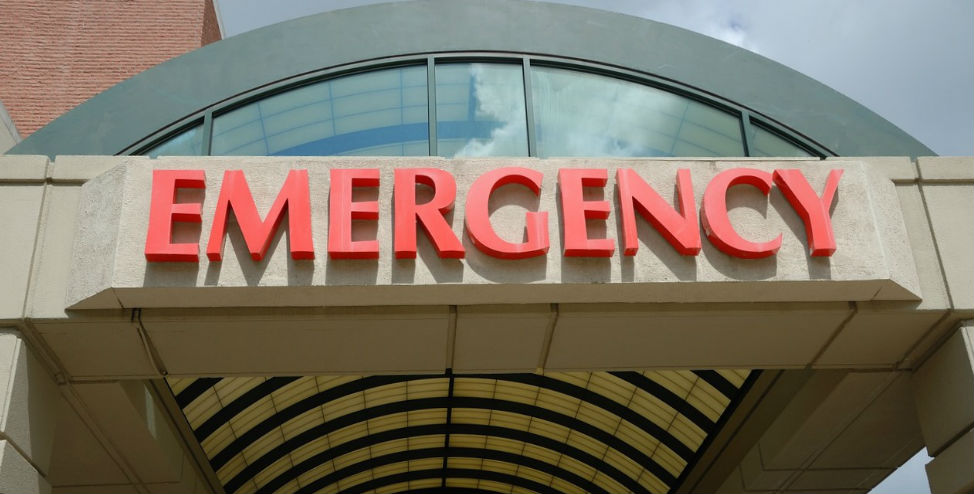Emergency Room Errors While Treating Children

If your child has a medical emergency that requires hospital care, will the hospital’s emergency room be prepared to provide that needed care?
The American Academy of Pediatrics addressed this question when it released a revised version of its policy statement, “Guidelines for Care of Children in the Emergency Department.” Noting that most often the closest hospital is chosen when a child faces a life-threatening injury or condition, this effort provides a blueprint for all hospital emergency rooms to follow when caring for pediatric patients.
The guidelines, originally constructed in 2009, include recommendations for staffing, resources, equipment, and hospital policies when providing emergency medical care to seriously injured or seriously ill children.
The recommendations to prevent serious medical errors during emergency room care for pediatric patients involve numerous aspects that focus on the unique needs of children as compared to adults. They apply to hospitals and not urgent care centers.
Hospital ER Inexperience in Treating Children
The AAP notes the need for such guidelines, as many hospitals are dangerously inexperienced in treating children. Citing data that reveals about 70 percent of children in need of emergency care go to hospitals that see on average fewer than 15 young patients a day, the AAP calls for more resources in rural emergency rooms especially.
A concern highlighted in these new guidelines rests with poor planning by hospital management. The AAP reports that just 55 percent of U.S. hospitals have a plan specifically for pediatric care in the emergency room. And slightly less have a disaster plan that includes the specific medical needs of children.
One recommendation that addresses poor hospital planning is for a hospital to have a pediatric emergency care coordinator – both a doctor and a nurse. They should be certified specialists in pediatric emergency medicine. They oversee the department, responsible for rest of the ER staff.
They are also responsible for, among other ER treatment aspects, developing protocols for proper equipment, supplies, and medication administration to children.
Hospitals should ensure that all emergency care providers are properly trained in treating children. This includes baseline knowledge and skill assessments as well as ongoing training. Some of the areas caregivers should be assessed on include:
- Medication delivery to children
- Trauma resuscitation and stabilization for pediatric patients
- Effective healthcare giver communication, especially during patient handoffs
- Safe operation of medical devices that are designed for children
Medication Errors with Pediatric Patients
Children are particularly vulnerable to serious medication errors. As protection, the AAP guidelines call for children to be weighed in kilograms only and creating a standard formulary for pediatric medicines.
Hospital administration should devise protocols for the safe transportation of pediatric patients following emergency room treatment to a destination within the same hospital or to another hospital that can better provide necessary care.
A hospital’s radiology department should be prepared for pediatric patients. This includes having the proper equipment, the proper skills specific to treating young patients, and age and size-specific guidelines for reducing potentially harmful radiation exposure.
Treating children with life-threatening illnesses or injuries may demand special skills, staffing and procedures. But this should never excuse any hospital from providing young patients proper medical care.
If your child - or any loved one – died unexpectedly or was critically injured while under medical care, you may want to speak with a medical malpractice lawyer about your experience.
The choice of a lawyer is an important decision that should not be based solely on advertisements.
Authored by Gray Ritter Graham, posted in Articles November 27, 2018
